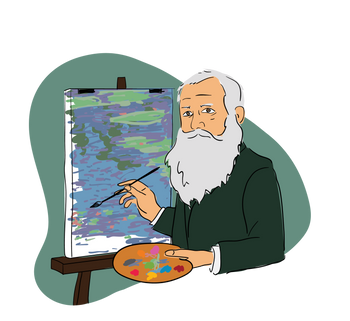L'œuvre en bref
Paul Klee's Ancient Harmony takes up the main artistic concepts of his abstract work. The polychromatic structure with its rhythmic geometrical forms, the color fields and the tapestries are a setting for a unique symbolism. In this work, the artist seeks a balance between contemporary dogmas and his own intuitive approach.
Would you like to buy another painting by Paul Klee? Discover all our reproductions of this artist.
Comparez avec l’original
Reproduction of Ancient Harmony by Paul Klee


Find out more about our accredited expert
Jean-Sebastien Altmann

Expert in works of art accredited by the National Chamber of Specialised Experts (CNES)
Find out why so many satisfied customers choose Galerie Mont-Blanc for their art purchases.
Click here to watch the video presentation

 370+ avis vérifiés
370+ avis vérifiés










































